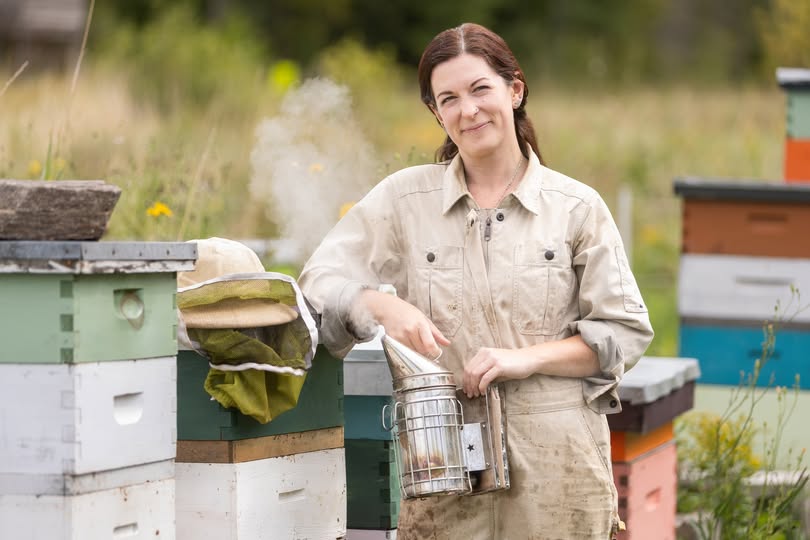Winter Loss Report 2025 (for Winter 2024/2025)

Every year we like to see how well the bees did over the winter. This survey does not replace the official OMAFA Winter Loss survey, which is used for provincial, national and research statistics and purposes, but we do like to see what is happening in Ontario with our members and followers. Below are the summary points for the 2024/2025 Winter…
UOVBA News BotJune 26, 2025




